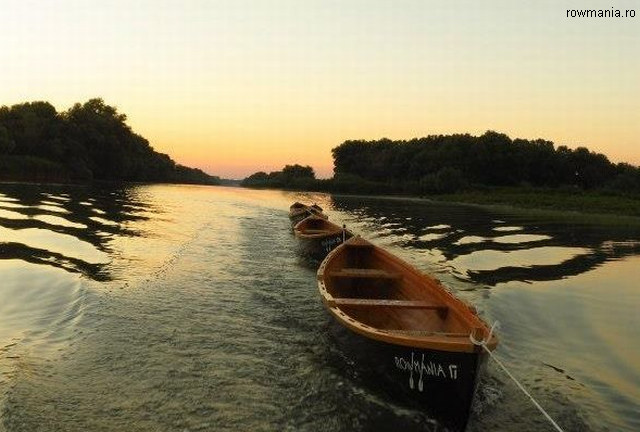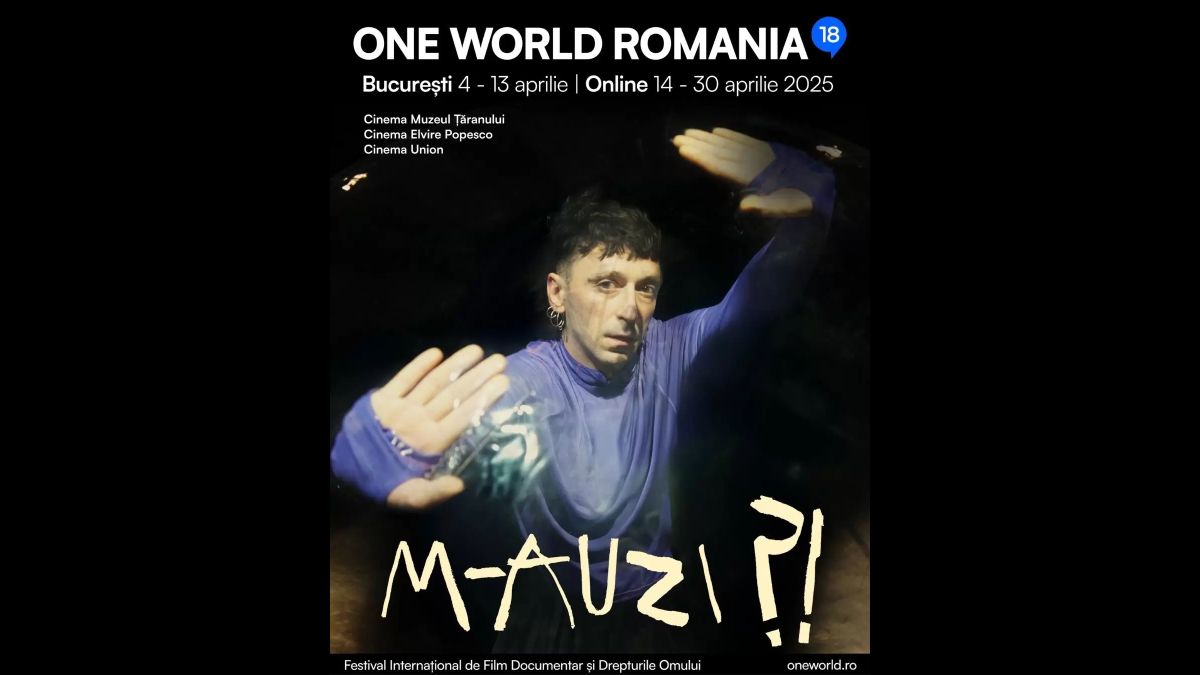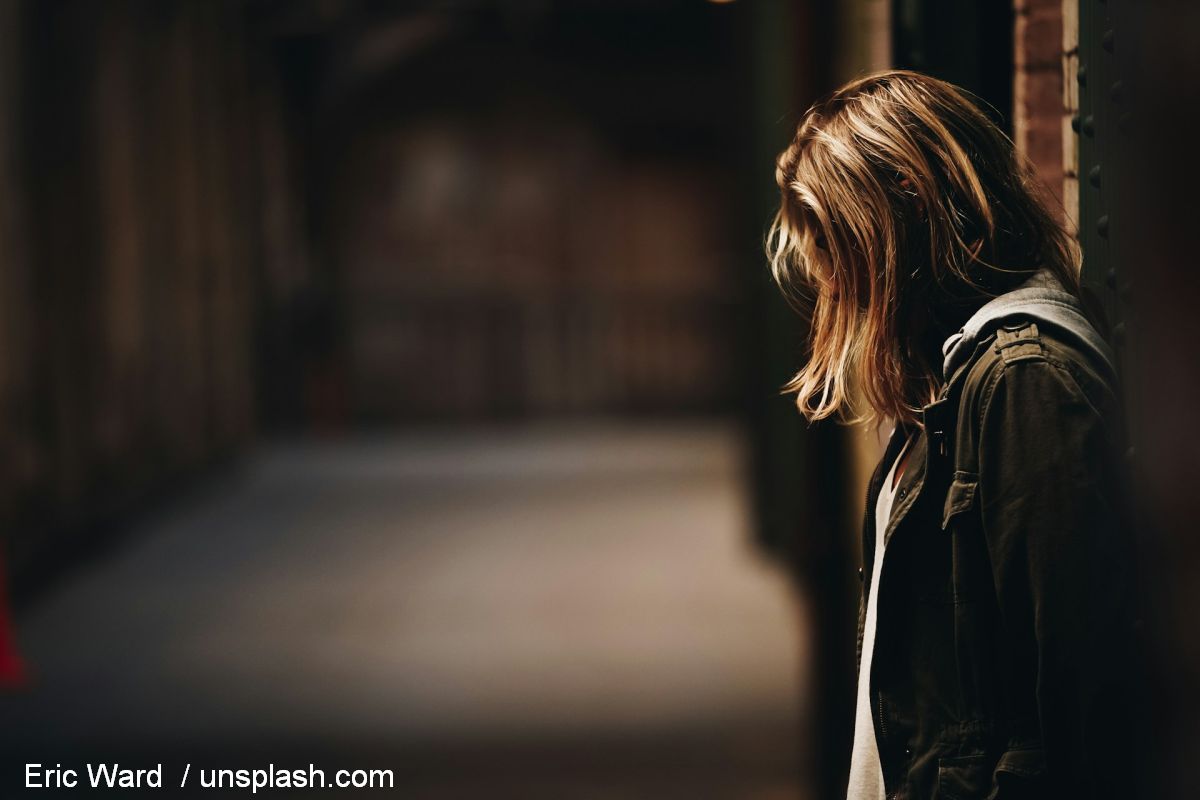Revitalizing the Danube Delta
Even though it is a fairy tale place in terms of landscape, the Danube Delta is a much less friendly environment when it comes to living there.

România Internațional, 29.10.2014, 13:49
Even though it is a fairy tale place in terms of landscape, the Danube Delta is a much less friendly environment when it comes to living there. The locals have a hard life, isolated by waters from the rest of the country, in spite of the area’s huge tourist potential. For this reason, a number of NGOs have started projects to inject new life into the local economy, many of them involving tourism. The ‘Ivan Patzaichin- Mila 23’ association, for instance, promotes the Delta and wants to put its potential to work economically for people who live there. Tiberiu Cazacioc, representing the organization, told us more about it:
Tiberiu Cazacioc: “For instance, if someone opens up a place providing accommodation there, they should use local labor, and a concept of building and architecture based on local raw materials, traditional ones. In addition, accessories for interiors, like napkins and breadbaskets, should be hand made locally. The menus as well, should have a local specificity with local products. This is the ideal model, and we are building the elements of this model step by step. It is a model that goes against the grain, because much of the public understands development as an expansion with large hotels, lots of infrastructure and asphalt. A lot of people coming from Bucharest want to feel in the Delta as if they were in Bucharest.”
This model of tourism makes for a very short and very crowded season in the Delta, while the social entrepreneurship promoted by associations like “Ivan Patzaichin” relies on the tourist staying for longer periods of time, providing him or her with as much access to aspects of local culture as possible. To this end, the association sought to reintroduce wooden boat rides in the Delta, a slow, lengthy way of traveling, that allows the tourist to take in the surroundings. Here is Tiberiu Cazacioc once again:
Tiberiu Cazacioc: “We worked in a certain direction, towards a revival of the traditional boat. We want to revive it in a new way, to have a wooden boat made of local wood, with oars, locally called ‘canotca’. We invented something to correspond to the times we live in, attracting a certain target public. Canotca is designed as a slow boat. We tried in the Delta several times to reintroduce wooden boats in circuits, because it is an instrument that takes you back to traditions and allows you to spend more time in the open. Spending more time in the Delta means more benefits, people hire guides, they have more meals, and so the season lengthens.”
However, it’s not tourists that have to be persuaded of the new model of vacationing, but the locals, as Tiberiu Cazacioc told us:
Tiberiu Cazacioc: “There continues to be a lot of skepticism, because our reference model right now is excessive development. However, maybe the tourist doesn’t want asphalt, but wants to admire nature, to break a sweat, because the rest of the year he or she is stuck in an office, barely moving. We have been working for a few years in the Delta, but education takes time. The reasons for which we do it is because we believe that it is not normal to bring food from Tulcea, which is hours away, to be prepared in restaurants in the Delta, to bring workers from Tulcea, while locals go elsewhere to find jobs. We could create a local economy where people come to breathe in the atmosphere of the place, but the money spent stays locally.”
Another association getting involved, and facing similar resistance, is the ‘Letea in UNESCO’ association, which wants to introduce thatched roofing into UNESCO’s heritage, under the project ‘Thatch is Concrete’. Here is project coordinator Loredana Pana:
Loredana Pana: “People want to modernize, they want homes like the ones they see on television, with double glazing windows, and they want modern conditions. Which is why our campaign started with them. We taught them not to trade thatched roofs for metal roofs, to keep the traditional architecture, which the tourists love. We have a lot of tourists at Letea in the summer, but they only stay for a few hours. They get here, they visit the village, go see the forest, then leave. There is no accommodation for tourists so far in Letea, and financial resources for locals are meager. Fortunately for us, a few families in Letea have already understood the importance of traditional crafts and the importance of keeping the village looking traditional. They arranged and renovated houses in this style, and they are maintaining them like that. Which is why tourists often stop by their gate, take pictures, or grab a bite to eat. Gradually, people are catching on to the idea that this is the future, even though it is rooted in the past.”
A past that is still untouched in Letea, especially in terms of buildings, as Loredana Pana told us:
Loredana Pana: “Roofs have the same style all over the Delta, but we went to Letea because it is the most isolated village in the area, and for that reason it is the best preserved. It is like a living museum, with many houses preserving their traditional architecture, which is why they look so good, as opposed to other villages, like Crisan, for instance, and Sulina, where houses are degraded, no one observes the building code. It says there clearly that you are not allowed to build using metal rods or to build mountain style houses, or use other colors than the approved ones, green, blue, gray and white. The code also recommends thatched roofs, but unfortunately that is ignored too.”
The fact that people have forgotten the skills and craft adds up to a real problem. In Letea, the only person still making old school thatched roofs is Costel, and he has been hired by an association to teach those skills in class. The more people learn this old custom, the more will find out that thatch is not just concrete; it could also be a money maker.






























